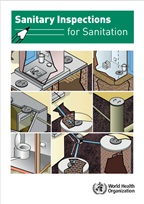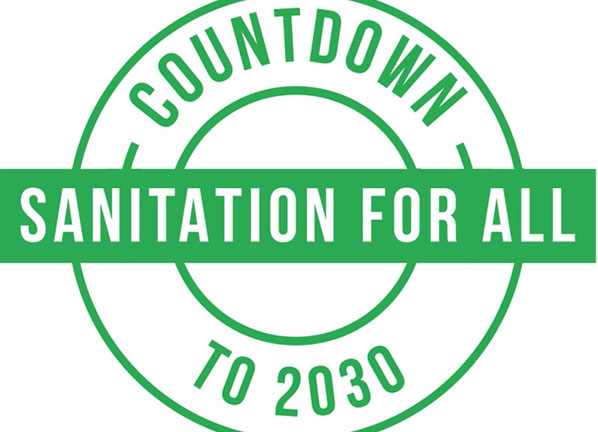Sanitation and wastewater
Safe and climate resilient sanitation systems are fundamental to protect public health. WHO supports capacity building and implementation through guidelines and tools on sanitation and health, safe use of wastewater and safe recreational water environments, using risk assessment to identify, prioritize, manage and monitor coordinated action to protect public health working in alignment with keys partners such as UNICEF.
WHO supports Member States in strengthening sanitation regulations through the International Network of Drinking-water and Sanitation Regulators (RegNet) to share and promote good practice in the regulation of sanitation services, for the protection of public health.
WHO leads global monitoring of sanitation-related burden of disease, use of safely managed sanitation services and wastewater treatment as well as factors that enable or hinder progress under the Sustainable Development Goals. WHO is spearheading efforts to utilize wastewater and environmental surveillance as part of collaborative disease surveillance and also coordinates action with health programmes where sanitation is fundamental for disease prevention and control such as neglected tropical diseases, cholera, nutrition and antimicrobial resistance.
Take the WHO Academy Course to learn more about the state of sanitation, how it impacts health, how it is defined, and how to accelerate progress and national and local level or dig deeper with videos, training materials and additional resources at the sanitation safety planning (SSP) learning hub.
Read more about the practical steps to achieve universal access to safely managed sanitation, which support sector alignment on sanitation activities at country level. And find out more about climate finance for sanitation in the GCF annex for sanitation.
Highlights
All →A roadmap for advancing sanitation regulation
Publications
This document supports country-level implementation of sanitation initiatives aimed at promoting access to climate-resilient safely managed sanitation...
Sanitation inspections: user guide
Sanitation inspections are short, standardized checklists to assess risks at or near sanitation facilities and to recommend actions to protect public health....
Control of pollution from antibiotic manufacturing is a key part of safeguarding the longevity of antibiotics for all. Pollution contributes to antibiotic...
Relevant publications
Sanitation safety planning - Second edition
This Sanitation safety planning (SSP) manual provides practical, step-by-step guidance to assist in the implementation of the 2018 World Health Organization...
State of the world's sanitation: An urgent call to transform sanitation for better health, environments,...
For the first time WHO and UNICEF bring together the data on sanitation coverage and investment, and how it impacts health, economies, and the environment....
Guidelines on sanitation and health
Safe sanitation is essential for health, from preventing infection to improving and maintaining mental and social well-being.Developed in accordance with...

Sanitary inspections for sanitation
Sanitary inspections are short-standardized observation checklists that can be adapted and used by stakeholders to assess risk factors at or near sanitation...
Sanitation = Climate action
Sanitation action is urgent
Safe sanitation systems prevent diseases and save lives in India
Related fact sheets


